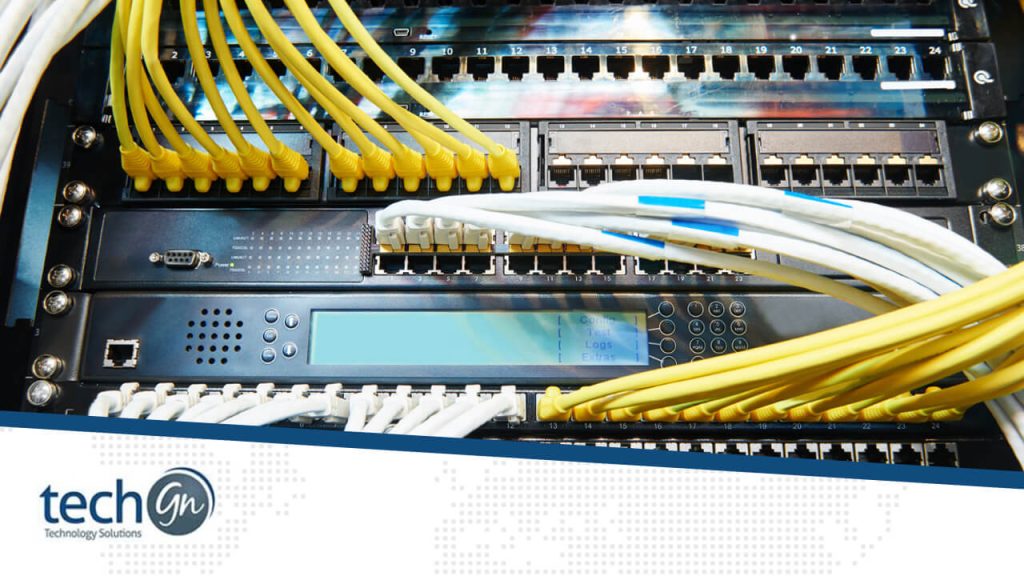In the digital age, data integrity is critical to any firm. Data loss or corruption can have serious ramifications, whether it involves sensitive consumer information, financial records, or proprietary research data. To mitigate such risks, organizations rely on strong storage solutions, with RAID (Redundant Array of Independent Disks) standing out as a key technology. In this blog post, we’ll look at the complexities of RAID solutions in server storage, including how they maintain data integrity and resistance to failures.
What is RAID
RAID is a system that combines several physical disk drives to form a single logical unit. RAID provides varying levels of redundancy and speed advantages by distributing or replicating data among multiple disks, depending on the setup. RAID 0, RAID 1, RAID 5, RAID 6, and RAID 10 are some of the most common RAID levels, each having its own set of benefits and limitations.Ensuring Data Integrity
One of the fundamental goals of RAID solutions is to ensure data integrity, which refers to the accuracy and consistency of stored data throughout its lifetime. RAID accomplishes this purpose using multiple mechanisms:Hot Spare Drives
Many RAID configurations support the insertion of hot spare disks, which stay dormant until a disk failure occurs. When a disk fails, the RAID controller automatically commences a rebuild process using the hot spare, reducing downtime and ensuring data integrity.Error detection and correction
RAID levels such as RAID 5 and RAID 6 use parity information to detect and fix faults that may occur during data storage or retrieval. These RAID configurations use complex algorithms to find and repair differences between duplicated data in real time, protecting data integrity.Data Scrubbing
Some RAID implementations provide data scrubbing or patrol read functionality. This entails reading all sectors of the array’s disks on a regular basis to find and rectify latent mistakes before they cause data corruption. Scrubbing improves data integrity by proactively finding and correcting discrepancies.Data Redundancy
RAID setups such as RAID 1, RAID 5, RAID 6, and RAID 10 add redundancy by mirroring data over several drives or employing parity information to recreate data in the event of a disk loss. This redundancy means that even if one disk fails, the data is still accessible without loss.Performance Considerations
While data integrity is critical, RAID systems must also consider performance factors. Different RAID levels provide varying degrees of speed optimization and overhead. For example, RAID 0 striping improves read/write performance by dividing data over numerous drives, but it lacks redundancy, rendering it unsuitable for crucial data storage. RAID 5 and RAID 6 trade off performance for data redundancy via parity calculations.Bottom Line
In today’s data-driven world, protecting data integrity is a must for businesses across industries. RAID solutions help achieve this goal by incorporating redundancy, error detection, and correction techniques. Organizations can protect their server storage infrastructure from failures while maintaining peak performance by establishing the right RAID configuration based on performance needs and data criticality. As technology advances, RAID remains a critical solution for ensuring data integrity in server storage systems.Reviews
Tailoring Solutions


